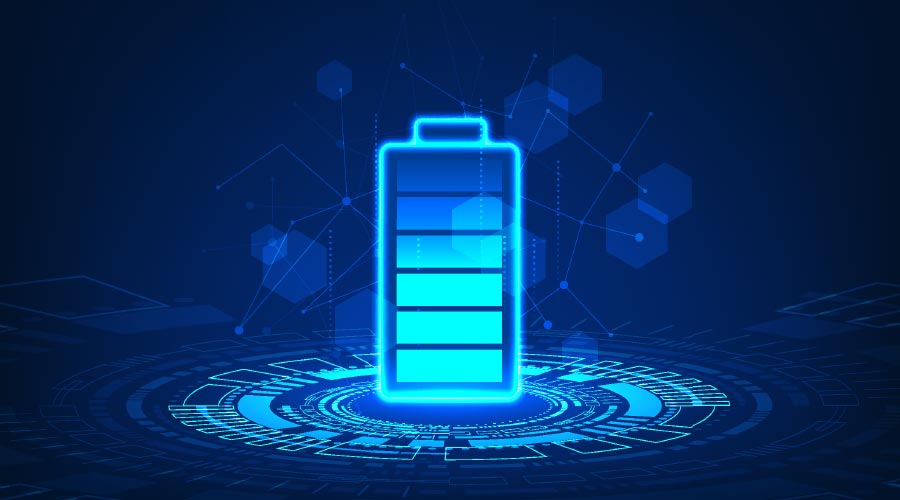
One of the primary disadvantages of using lithium-ion batteries is the potential for them to overheat, leading to thermal runaway — a concern that has garnered unwanted attention in the electric vehicle market.
“Safety is a big concern with lithium chemistries,” notes Wehmeyer. “Lithium-ion phosphate is touted as the safest, but any of the lithium chemistries can have a problem with catching fire unpredictably. No one wants to deal with a lithium fire because it’s hard to put out — particularly in a facility where you have other components that could catch fire.”
For this reason, battery manufacturers recommend additional safety mechanisms in the form of a battery management system. Unfortunately, piece of mind comes at a cost: According to Hasegawa, the addition of these systems can drive up the battery’s price tag.
Another downside to lithium batteries is the availability of raw materials.
“Some of the lithium components are becoming harder to get, particularly those found in NMC batteries,” notes Wehmeyer. “Cobalt is somewhat difficult to obtain and expensive.”
Customers who prioritize sustainability practices may also take issue with cobalt mining, which is associated with human rights violations and environmental degradation. And when it comes to recycling, lithium-ion batteries continue to disappoint.
“The industry is still struggling to set up the infrastructure to recycle lithium, and it’s expensive to have a large lithium battery recycled,” says Wehmeyer.
Lithium and Beyond
Fortunately, distributors and their customers don’t have to guess when choosing the appropriate battery for their cleaning equipment — manufacturers have already done that job for them. Nevertheless, as Wehmeyer points out, understanding the pluses and minuses of the battery system the manufacturer has chosen to install can help customers purchase the machine that best suits their needs.
“If the manufacturer doesn’t have a radar plot of battery technologies, they’ll have the data sheets that you can use to put one together,” says Wehmeyer. “It’s a convenient way to compare the advantages and disadvantages of different chemistries.”
While advancements in lead acid batteries have slowed, lithium-ion batteries are expected to show steady improvement over the next 10-to-15 years, with energy density increasing and battery prices decreasing. Poppelier calls the technology “a chemistry for the future.”
Although lithium-ion remains one of the most viable battery solutions for cleaning equipment, some battery manufacturers continue to work on alternative technologies that may displace the use of lithium in floor care machines.
“Lithium may not be around forever because there’s a lot of work going on with sodium and magnesium-ion batteries that have the advantage of better availability of raw materials,” says Wehmeyer. “They are also much safer because they’re not as combustible as lithium. And it’s been suggested that sodium-ion batteries can have a longer cycle life than lithium-ion.”
Additionally, U.S. Battery Mfg. Co. is developing a new battery that combines nickel zinc and lead acid chemistries to create a hybrid nickel zinc sealed AGM battery. According to Wehmeyer, nickel zinc has been plagued with a short cycle life in the past, but manufacturers have improved the technology to the point that they are getting close to matching the cycle life of lithium. Nickel zinc batteries also offer the benefits of safety and high-power density.
The new chemistry will combine the best of both worlds, resulting in a robust, lower-cost battery that has high energy density and a longer cycle life.
“Lead is not dead, and nickel zinc is on the horizon,” claims Wehmeyer.
Kassandra Kania is a freelance writer based in Charlotte, North Carolina, and is a frequent contributor to Sanitary Maintenance.
Distributors Discuss Key Benefits of Lithium-Ion Batteries

 The Down and Dirty on Cleaning in Virus Season
The Down and Dirty on Cleaning in Virus Season How Surfactant Use is Expanding in Commercial Cleaning
How Surfactant Use is Expanding in Commercial Cleaning